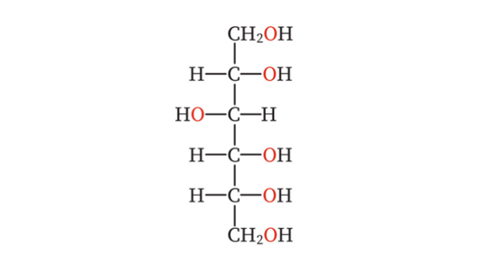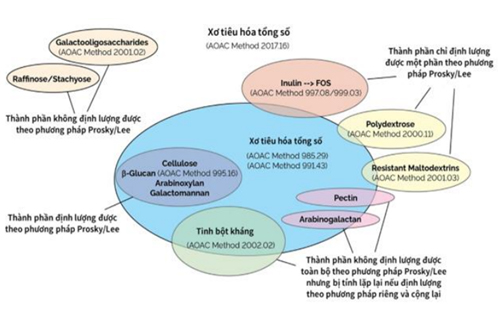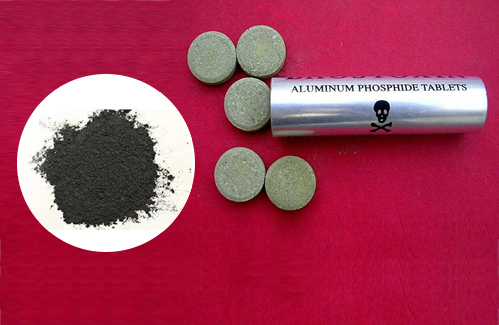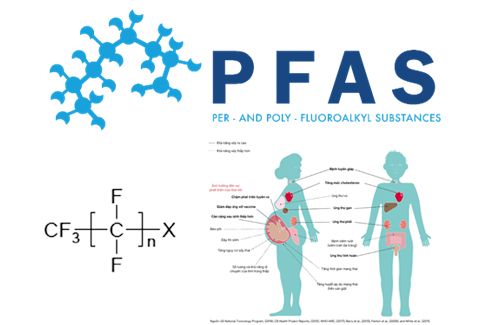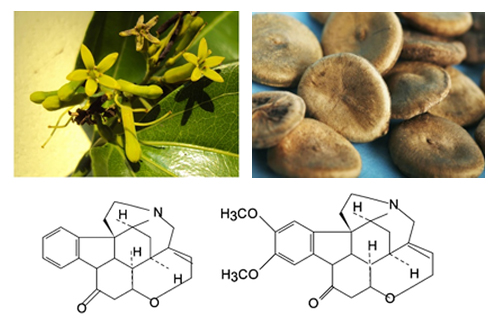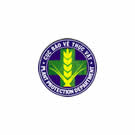- Folder Technical News
- Views 1832
- Last Updated 11/08/2022
Honey, a natural nutritional food, refers to many health benefits, that still needs to be verified. Therefore, using honey also needs reasonable to ensure the safety of consumers' health.
Honey is a natural product used for its sweetness, energy, and potential health benefits. However, honey health benefits have been still investigated with debates among scientists. Nowadays, honey is mainly used for human consumption (but also in some cosmetics) either as pure honey or as an ingredient in other food products such as desserts, cereals, and juices.
1. The origin of honey
There are hundreds of different honey types, depending on the botanical origin. There are over 300 different types of honey worldwide. They differ in colour, aroma and flavour depending on the plant source where bees collect nectar. Honey can be broadly categorised into raw and processed honey. When honey gets extracted from the beehive, it usually gets strained to remove wax and other non-honey particles. It is then available in its raw honey form which can be further heated and bottled to be available as processed honey, the form which is most commonly available in houses, retail shops, and supermarkets. The heating and bottling process can removes potential pathogens, but also the vitamins and antioxidants present in raw honey.
2. The composition of honey
The process from bee to bottle begins with flower nectar. Honeybees collect the nectar and enzymes in bee saliva break down the sugars into glucose and fructose which is stored in honeycombs to feed the hive over the winter. In the honeycomb, excess water evaporates through constant fanning from the bee’s wings. The resulting thick, sticky liquid is what we know as honey (see Table 1 for composition). Season, environmental conditions, processing techniques and varieties of flower nectar can all influence the composition of honey but, essentially, the main nutritional constituents are monosaccharides (simple sugars: fructose and glucose). In addition to water, honey contains very small amounts of protein, vitamins, minerals, trace elements, enzymes, and polyphenols, including flavonoids from pollen, which can help identify the honey origin.
Table 1. Nutritional composition of honey [1], [2]
|
Nutritional compositions |
Content (g/100 g) |
|
Energy |
288 kcal/1229 kJ |
|
Fat (g) |
0 |
|
Carbohydrate (g) |
80 |
|
- fructose (g) |
30-45 |
|
- glucose (g) |
24-40 |
|
Protein (g) |
0,4 |
|
Water (g) |
15-20 |
Honey is typically a smooth, clear liquid. However, factors such as its origin, low storage temperature, longer storage time and higher glucose content, can lead to crystallisation; larger crystals form and the texture becomes crunchy. The process can be reversed by gentle heating. However, heating and filtering of honey (to purify) may negatively affect its properties, for example darkening, destroying enzymes, and removing health-beneficial antioxidants.
According to Vietnam's national standard for honey, TCVN 12605:2019, the total glucose and fructose content in honey from plant juice is not lower than 45g/100g and other honeys are not lower than 60g/100g [6].
Unlike sugar, honey contains vitamins, minerals, and antioxidants; hence, it is easy to think that there are more health benefits to honey compared to sugar. However, vitamins and minerals in honey are present in less than 1% of the recommended daily intake amount. To receive the health benefits from the low amount of vitamins and minerals present in honey, large quantities of honey would need to be eaten. Such quantities would exceed the recommended daily sugar intake by the World Health Organisation. Hence, a daily spoonful of honey will contribute to your energy metabolism due to its sugar content (without exceeding the recommended daily intake of sugar) yet is unlikely to have additional beneficial effects.
3. Health benefits of honey
Honey has been used for millennia in traditional medicine for its potential antibacterial, anti-inflammatory and antioxidant properties. Honey’s low moisture content, hydrogen peroxide, and acidity (average pH of 3.9) [1] are inhospitable to bacteria and give honey its antibacterial properties. The anti-inflammatory properties are thought to be due to antioxidant substances, although the amounts in individual honey samples differ depending on honey origin, composition, and dose. Some evidence from individual and small-scale cell, animal and human studies also suggest that honey may be beneficial in the treatment of coughs, belly, and digestive upsets.
In contrast, honey may contain spores of the bacteria Clostridium botulinum [3], which can cause serious infection in infants, leading to advice to avoid giving honey to children below 12 months of age.
From the modern medicinal science, despite a huge number of studies on honey, most of these are conducted in small scale. Overall, the clinical evidence that honey has specific health effects in humans is limited and not conclusive [3].
4. How much honey a day?
There is no recommended daily intake for honey specifically, however, due to its high sugar content honey should be eaten in moderation. The World Health Organization suggest that free sugars (which means all monosaccharides and disaccharides added to foods by the manufacturers, cooks, or during cooking at home, plus sugars naturally present in honey, syrups and fruit juices) make up no more than 10% of a person’s daily energy intake [5]. For an adult requiring 2000 kcal a day, 10% equates to no more than 200 kcal from free sugars, which is about 60 grams of honey if honey is used as the unique external source of sugar in one’s diet.
5. Honey quality testing at the National Institute for Food Control
Since honey is a very common food in families, as well as also popularly commercialized products; the inspection of the quality and safety of honey products is a necessary requirement. Currently, with many modern equipment and highly qualified staffs, the National Institute for Food Control provides honey quality testing services according to TCVN and ISO methods, as well as tests to evaluate the composition of micronutrients (vitamins, minerals, antioxidants) in honey. Therefore, the National Institute for Food Control is definitely a reliable address for households, factories, manufacturing companies to send samples to test the quality of honey products in particular as well as food products in general.
References
- Bogdanov S, (2008), “Honey for nutrition and health: a review”, Journal of the American College of Nutrition, 27:p677-689.
(https://www.ncbi.nlm.nih.gov/pubmed/19155427)
- Pasupuleti, (2017), “Honey, propolis and royal jelly: a comprehensive review of their biological actions and health benefits”, Oxidative Medicine and Cellular Longevity: 1259510.
(https://doi.org/10.1155/2017/1259510)
- Scientific committee on veterinary measures relating to public health (2002). “Opinion of the scientific committee on veterinary measures relating to public health on honey and microbiological hazards”, Brussels: European Commission. Accessed 17 October
(Language selection | Food Safety (europa.eu)
- WHO Technical Information Note (2017). “Sugars and dental caries. Geneva”, Switzerland: WHO.
- WHO (2015). “Sugars intake for adults and children – Guidelines”. Geneva, Switzerland: WHO.
(Guideline: sugars intake for adults and children (who.int))
- TCVN 12605:2019, Honey





